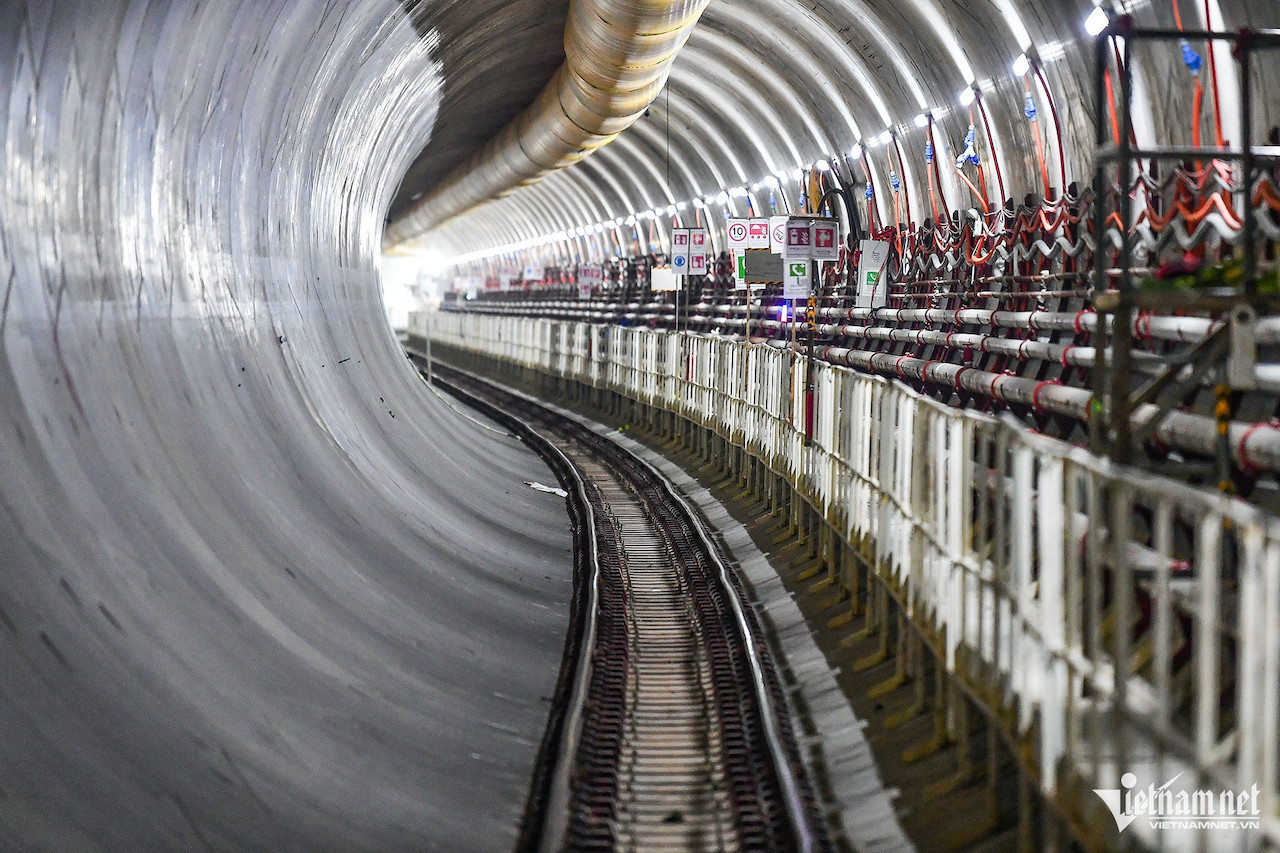On July 10, the Hanoi People’s Council officially approved a resolution to encourage the investment and development of underground infrastructure projects, including eight urban railway (metro) lines, five road tunnels, 78 underground parking lots, and 95 street-level utility ducting projects.

At the center of the plan is an ambitious metro system totaling 320.25 kilometers in length, including 81.2km of underground tracks and 68 underground stations, out of 191 stations in total.
The plan reflects Hanoi’s commitment to developing a modern, sustainable, and efficient public transport system to ease traffic congestion and accommodate rapid urban growth.
The eight metro lines approved for development include:
Noi Bai - Thuong Dinh - Buoi
Troy - Nhon - Yen So
Me Linh – Sai Dong – Lien Ha
Van Cao – Hoa Lac
Son Dong – Mai Dich
Linh Nam – Duong Xa, Ngoc Hoi – second airport (Southern)
Cat Linh – Lang Ha – Le Van Luong – Yen Nghia
Ring Road 2 – Southern axis – second airport (Southern)
Notably, two of the eight routes are designed to connect the city center with airports: the existing Noi Bai International Airport and a second international airport planned in the southern region.
The second part of the approved resolution encourages investment in underground road infrastructure, including:
5 underpasses for road traffic
78 underground parking lots
2 underground public facilities
The third category focuses on burying overhead cables and constructing shared technical infrastructure along 95 streets, contributing to a safer, more organized urban landscape.
N. Huyen